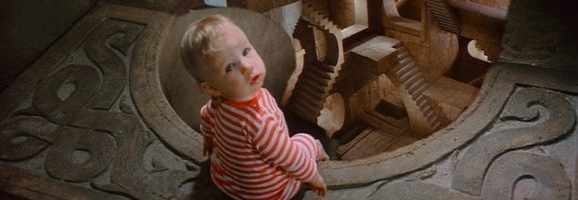Holy Ideas/virtues as connected to centres: 2,7,9 – Freedom (Will), Work, Right Action – these are essentially different forms of ‘willpower’. Will meaning ‘control’, but with each centre having its own sort of ‘control’ – e.g. freedom would represent ’emotional’ power (resisting peer pressure, not caring what others think) vs. ‘right action’ being more like… Continue reading Holy ideas/virtues as connected to centres
Tag: Virtues
Positive and Negative Parts of Centres
“You must understand that each center is divided into three parts in conformity with the primary division of centers into ‘thinking,’ ’emotional,’ and ‘moving.’ On the same principle each of these parts in its turn is divided into three. In addition, from the very outset each center is divided into two parts: positive and negative.… Continue reading Positive and Negative Parts of Centres
Expanding the concept of “Mu types”
Summary This particular blogpost marks some significant shifts in my thinking, with ideas in some places adding to and in some places altering some of my prior ones. In the past I put forward an ‘alternate model of centre use’ [mostly superceded now but link here: https://chrisblog662.wordpress.com/2017/09/22/an-alternate-model-of-centre-use-by-type/– which was contrary to the standard Hurley-Donson model… Continue reading Expanding the concept of “Mu types”
Mini-review- Facets of Unity
Subsequent to the last post, the topic of Almaas’ work came up and as a consequence I’ve picked up A.H. Almaas’ Facets of Unity, which is written from a spiritual perspective. To summarize very concisely, I didn’t like it. I myself come very much from a “psychological” perspective – seeing the types as just having… Continue reading Mini-review- Facets of Unity
Locating Essence: Virtues, ‘Holy Ideas’ and Centres
One of the more interesting parts of the enneagram, in my opinion anyway, is the transformational aspect – the idea of an understanding of type leading away from being limited by it. Hence, here I thought I would discuss some of the various branches of the enneagram in regard to their concepts of types having… Continue reading Locating Essence: Virtues, ‘Holy Ideas’ and Centres


